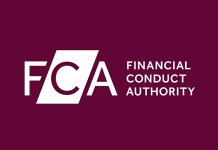
There are several cases to argue for reduced credit exposure, noted Stefan Hofrichter, global economist at Allianz Global Investors, speaking on Wednesday at the Fixed Income Leaders’ Summit.
While debate over the significance of the yield curve inversion continues, he pointed to another leading monetary indicator, real money growth, and said that this indicator has been coming off sharply over the last three years already while growth rates at a global scale are at levels that in the past have preceded or coincided with a move.
“What I found amazing from the [US] Bureau of Economic Analysis, was that when they significantly revised down the whole economy earnings for the last couple of years, we [found out] that the US corporate sector has generated zero earnings growth over the last five years,” he said. “Even though the economy has been growing at rate at or above potential even though we have had significant tax cuts.”
That is important because in the past negative trends on earnings typically preceded recessions. Margins have come down, which they typically do in the corporate sector well ahead of a hard landing. When see margins are compressed firm reduce spending in reaction to reduced earnings.
Earnings are down because top line growth has been only near 4% while wage growth and labour spend has increased, firms have become highly leveraged.
“The corporate sector is at peak leverage ratios, that to GDP is at the highest level on record and in an environment where economy is coming down and interest cover is deteriorating this is an argument to quite cautious on credit,” Hofrichter argued.
He said that in a downturn risk premium starts to steepen, which means the industry will expect not only credit risk to be repriced but also the yield curve to steepen again going forward.
©The DESK 2019
©Markets Media Europe 2025







